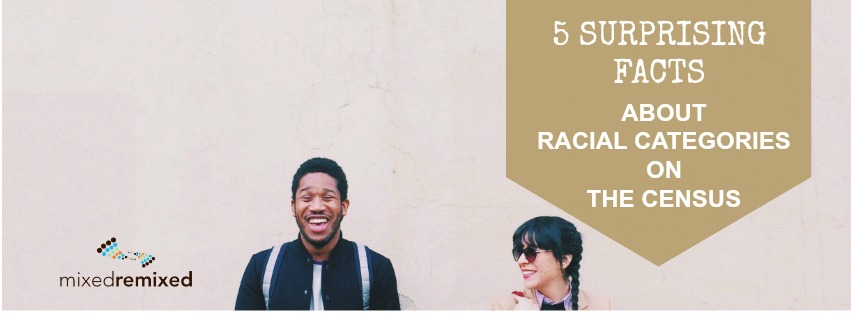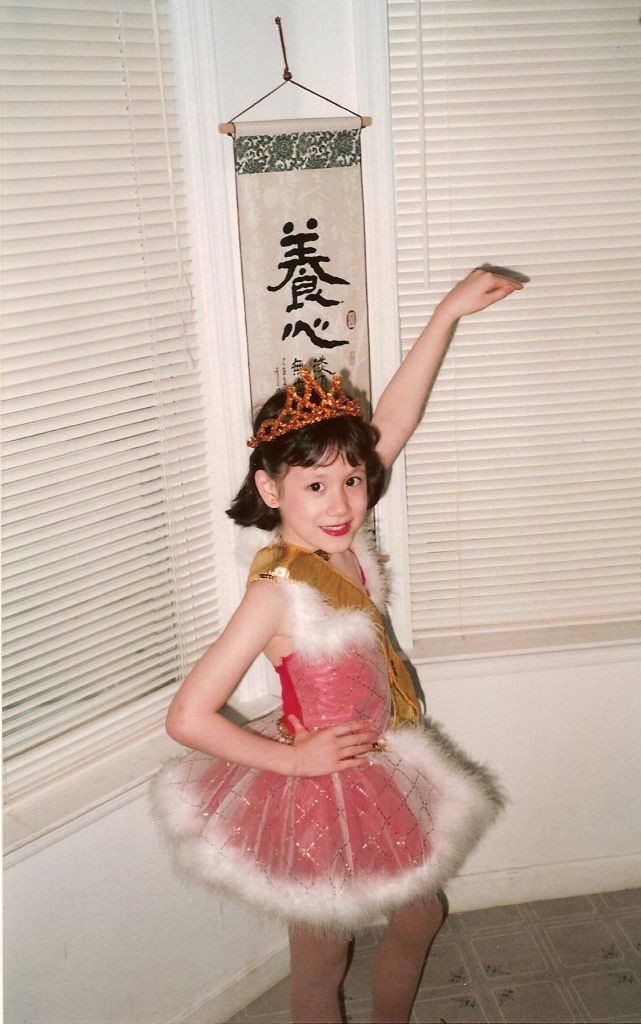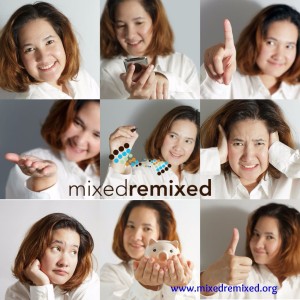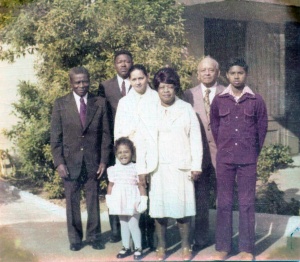In 2020–and it’s really right around the corner–the U.S. Census will be taken again to give us a portrait of America. Some people may not realize that the racial categories that seem so “fixed” in American discussions of race have been fluid on paper and in the government’s eyes since the beginning. Here are 5 surprising facts about racial categories on the Census and how America has “counted” race since its beginning.
- The term “Negro” will be dropped for the 2020 Census. Source: NPR “No More ‘Negro’ For Census Bureau Forms And Surveys” February 25, 2013 Tanya Ballard Brown
- Starting in 1960, Americans could choose their own race on the Census. Source: Pew Research Center “Multiracial in America Proud, Diverse and Growing in Numbers” June 11, 2015
- The 2000 Census was the first time Americans could choose more than one racial category. Source: Pew Research Center “Multiracial in America Proud, Diverse and Growing in Numbers” June 11, 2015
- The 1790 Census counted these racial categories: “Free White Males, Free White Females”; “All Other Free Persons” (by color); “Slaves”. Source: Pew Research Center Race and the Census: The “Negro” Controversy by D’Vera Cohn January 21, 2010

- In 1910, the Census used “Mu” for mulatto and “Ot” for octoroon for a data item called “color or race.” According to that year’s Census: “For census purposes, the term ‘‘black’’ (B) includes all persons who are evidently full blooded negroes, while the term ‘‘mulatto’’ (Mu) includes all other persons having some proportion or perceptible trace of negro blood.” Source: Pew Research Center Race and the Census: The “Negro” Controversy by D’Vera Cohn January 21, 2010


















